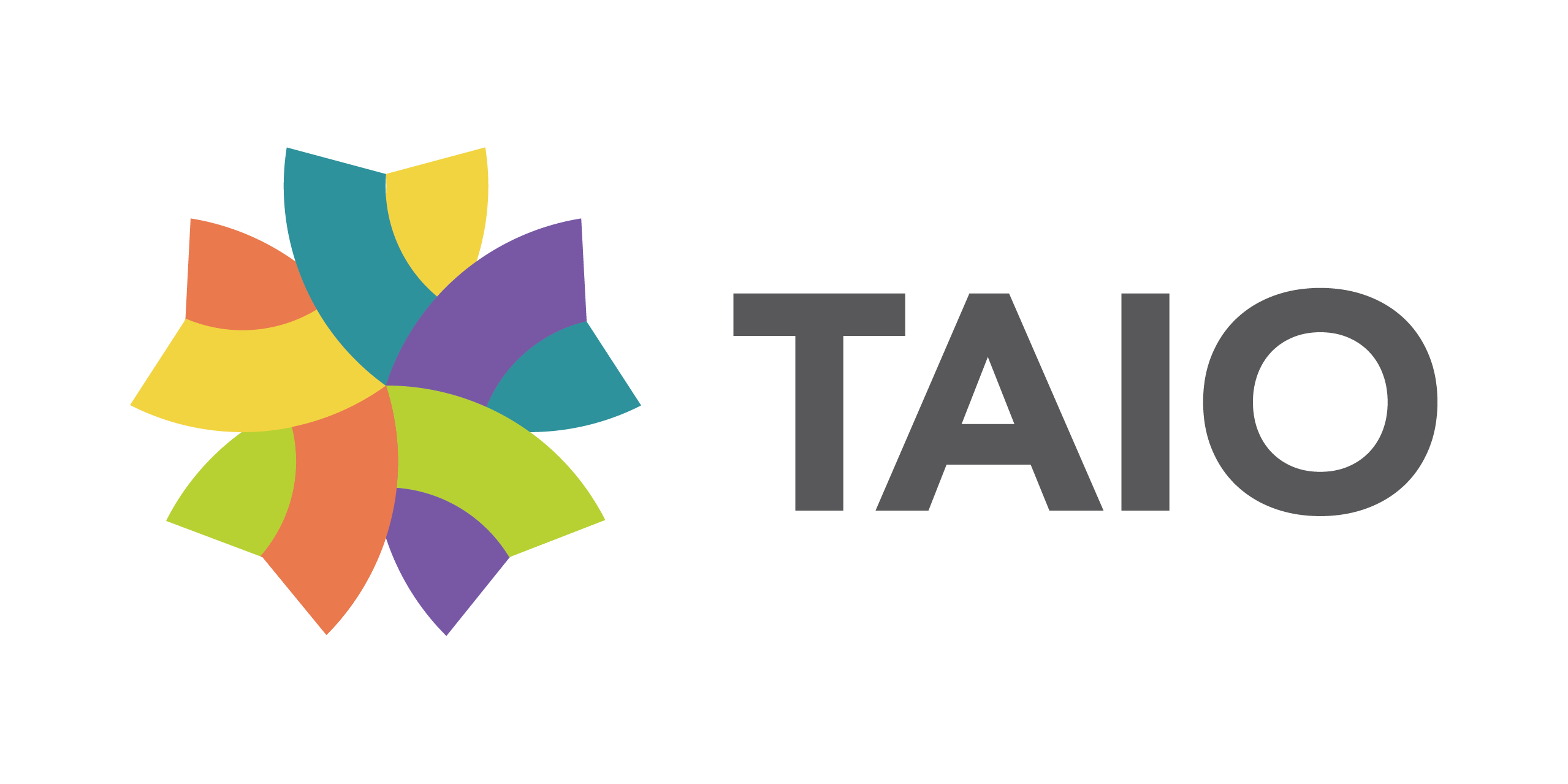High employee turnover in home healthcare can be a major pain point for agencies in terms of morale and workload. According to the Center for American Progress, high turnover rates can cost you between 16% to 213% of the leaving employee’s salary. This factors in recruitment, training, and lost productivity. This revolving door also disrupts your Revenue Cycle Management (RCM) department’s ability to consistently collect payments.
On this page
Key Takeaways

High employee turnover disrupts Revenue Cycle Management (RCM), increasing costs and affecting billing efficiency. This leads to financial and operational difficulties for healthcare agencies.

Reducing turnover enhances patient care, improves billing efficiency, lowers operational costs, and attracts skilled professionals, boosting patient outcomes and financial stability.

Outsourcing helps manage workforce shortages and maintains operational efficiency, supporting a more engaged and sustainable work environment.
The High Cost of Losing Valuable Healthcare Workers
Here’s how losing your employee affects your operations and profitability:
- Disrupted Workflow: The constant cycle of recruiting, onboarding, and training new staff disrupts the smooth flow of daily operations. This can directly impact the RCM department. New staff may not be fully trained on billing procedures, coding practices, and insurance processes. Incomplete or inaccurate claims can lead to delays in reimbursement or even denials.
- Knowledge Loss: When experienced staff members leave, they take valuable institutional knowledge with them. This includes details about patient cases, billing history, and established communication channels with payers. New hires need time to acquire this knowledge. It creates a temporary gap in understanding specific patient needs and claim management. This then leads to missed opportunities for proper documentation, impacting the efficiency of your RCM.
- Reduced Staff Morale: High turnover can hurt the morale of remaining staff members, leading to decreased motivation and potential performance issues. This can impact the accuracy and timeliness of tasks handled by the RCM team.
- Increased Training Costs: The cost of employee turnover goes beyond the direct financial burden of recruiting and onboarding. Training new employees on RCM processes also adds to your expenses. This can divert resources that could be better invested in technology or growing your patient census.
In short, high healthcare turnover rates create a ripple effect that disrupts your RCM department and affects your ability to collect payments on time. You can foster a stable and knowledgeable team by investing in retention strategies and creating a positive work environment. This keeps your RCM running efficiently, ensuring timely collections and a healthy financial bottom line.
Why Reducing Turnover Matters in Healthcare Organizations

According to the latest labor statistics, the healthcare industry struggles with a high employee turnover rate for nurses, primary care physicians. and skilled professionals. In home healthcare, the University of California reported an average employee turnover rate of 21%. In 2022, nursing homes witnessed a staggering 94% turnover rate, significantly higher than the rates observed in hospitals (19.5%) and at-home care providers (65%).
That’s significantly higher than the national average across all industries. This translates to a constant churn of personnel, with human resources working tirelessly to fill their vacancy rate. While voluntary terminations are a significant contributor, other factors, such as an aging workforce, burnout, and lack of career opportunities, also play a role.
4 Benefits of Reducing Turnover in Healthcare
Industry experts agree that addressing this issue requires a multifaceted approach.
By implementing the right strategies, you can help break this cycle. Here are four main benefits you can look forward to:
Enhanced Patient Care
Having consistent home healthcare professionals builds trust and rapport with patients and ensures continuity of quality care. Furthermore, the improved adherence to care plans lead to better patient satisfaction.
Improved Revenue Cycle Management (RCM)
Stable employees means more consistent and accurate billing processes. This stability enhances RCM by improving claim submission and reducing errors
Reduced Costs
Lowering healthcare turnover rates saves money on recruitment, training, and lost productivity. You can reinvest these savings toward staff development and patient-driven initiatives.
Attracting and Retaining Top Talent
Positive work environments combined with competitive compensation and benefits makes your agency more attractive to healthcare professionals. It ups employee retention. And it makes it easier to recruit the best people even in a competitive job market.
Effective Solutions to Reduce Turnover
High staff turnover in your agency can leave you feeling overwhelmed and can add to your financial stress. Luckily, there are effective solutions you can do to create a positive work environment that fosters employee retention.
Training and Development
- Empower your staff by offering ongoing professional development opportunities. Online training courses or college classes enhance their skills and knowledge. And they up your employee engagement.
- Show your commitment to their growth by offering mentorship programs and clear paths that help valuable employees achieve their career goals.
Competitive Pay and Benefits:
- Conduct regular salary reviews so you’re competitive with the market. It’s a step toward making sure you don’t lose healthcare professionals to companies offering higher wages.
- Offer a comprehensive benefits package. This includes health insurance, paid time off, and retirement plan options to attract and retain the best healthcare practitioners.
Create a Positive Work-Life Balance
- Promote flexible work arrangements such as part-time schedules, compressed workweeks, or flexible start and end times. OWL Labs found that companies can lower turnover by 25% just by offering remote work. This allows staff to better balance their work and personal lives, reducing stress and burnout.
- Recognize and reward individuals and teams consistently. Recognizing healthcare workers for their hard work goes a long way in boosting morale. It shows they’re valued and crucial to your agency’s success.
- Implement initiatives to promote staff well-being. Wellness programs, stress management workshops, or access to employee assistance programs (EAPs) are great for employee engagement. Having these programs gives them a sense of ownership for the company.
Foster Open Communication and Collaboration
- Create an open and transparent communication culture where healthcare staff feel comfortable voicing their concerns and providing feedback.
- Conduct regular staff meetings and surveys to identify areas for improvement. This demonstrates your commitment to listening to your staff and addressing their needs. Tracking their feedback can also boost your business operations.
Empower Your Staff
- Give your staff a sense of ownership by involving them in decision-making processes whenever possible. This can involve reviewing care plans, suggesting new equipment, or scheduling adjustments. Empowering your staff leads to increased employee engagement, ownership, and job satisfaction.
- Provide opportunities for professional growth. According to MRINetwork, career advancement is a top priority for employees. 72% of survey respondents cite it as the main reason for changing jobs. Encourage your staff to attend conferences, workshops, or online courses related to their field. This benefits their personal development and strengthens their skillsets.
Leverage Technology
- Utilize technology to streamline administrative tasks such as scheduling, charting, and communication. This frees up valuable time for your staff to focus on building stronger relationships with their patients.
- Invest in mobile tools and apps to help your staff members manage schedules, access patient information, and collaborate with colleagues. This can be particularly beneficial for home healthcare workers who spend a significant amount of time traveling between patient visits.
Limitations and Considerations of Retention Strategies: Impact on RCM
These proposed solutions offer significant benefits in reducing healthcare turnover and building a stronger workforce. However, it’s important to acknowledge some limitations and potential drawbacks that relate to your RCM.
Stagnant Reimbursement Rates
Training and Development
Upskilling your staff is crucial, but training requires an investment in time and resources. This can impact your team’s short-term efficiency, as staff attend courses or participate in mentorship programs.
Competitive Pay and Benefits
Offering competitive compensation packages directly impacts your financial bottom line. Since rates are set by the government, increasing pay tightens revenue margins. Be sure to look for the right balance that will prove beneficial for your organization.
Work-Life Balance Initiatives
Flexible work arrangements improve employee well-being, but they can introduce scheduling challenges for the RCM department. Billing, claims processing, and other critical tasks require adequate staffing.
Open Communication and Collaboration
Encouraging staff feedback can be time-consuming. Implementing changes may require adjustments to workflows within the RCM department. However, the long-term benefits of a more engaged workforce and improved processes outweigh the initial investment of time.
Outsource to Gain a Competitive Advantage

For home healthcare agencies with leaner workforce, outsourcing may be the solution you are looking for. Reliable RCM outsourcing partners specialize in efficient and accurate claim processing. They can alleviate the burden on your internal RCM team and minimize disruptions caused by staff turnover. Here’s how:
- Eliminate staff shortages by unlocking a global pool of skilled medical professionals. Outsourcing lets you tap into a diverse and extensive network of healthcare staff even during periods of workforce scarcity. Gaining access to a vast reservoir of talent ensures that healthcare organizations maintain a consistent level of patient satisfaction. This is by far the biggest advantage of outsourcing in the home health sector.
- Outsource administrative tasks such as medical coding, billing, intake, pre-authorization and the like. This will free-up your healthcare professionals to do what really matters – providing exceptional quality of care.
- Outsourcing can cut down administrative costs, allowing onshore clinicians currently handling admin tasks to shift into roles as field clinicians, who are in high demand, or even marketers, which can boost the company’s patient count. This strategic cost reallocation will help the agency grow.
- Review and compare outsourcing services to ensure you get high-quality service for the best price. Outsourcing to experts will help you reduce costs and improve efficiency and collection, enabling you to have a healthier financial situation. You can use these added savings to help retain healthcare professionals or grow your business.
Beyond Turnover: Creating a Sustainable Healthcare Industry
High employee turnover rates in home healthcare impacts patient satisfaction, operational efficiency, and your bottom line. However, effective solutions can create a more attractive and rewarding work environment. Reputable outsourcing solutions resolve staffing voids, ensure uninterrupted patient care, and profoundly amplifies your Revenue Cycle Management.
This empowers you to invest in your staff through training and competitive pay, foster a positive work-life balance, and promote open communication. Prioritizing employee experience and development can help build a thriving workforce, reduce turnover, and deliver the best possible care to your patients.
Frequently Asked Questions
Regularly conduct anonymous employee satisfaction surveys and exit interviews to gather feedback and identify areas for improvement.
Implement small gestures of appreciation like team lunches, flexible work arrangements, or employee discounts.
In addition to offering competitive compensation and benefits within the healthcare industry, highlight your agency’s unique culture. Highlight career development opportunities and your commitment to staff engagement in your recruitment efforts.
Yes, outsourcing Revenue Cycle Management (RCM) is an effective strategy to decrease turnover and amplify efficiency. You can delegate specialized tasks to experts so healthcare workers can concentrate on taking care of their patients. Entrusting your RCM to reputable outsourcing partners relieves your employees from the burdens of complex, non-core tasks. This leads to higher job satisfaction and establishes a more focused, efficient, and content workforce.




